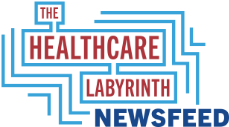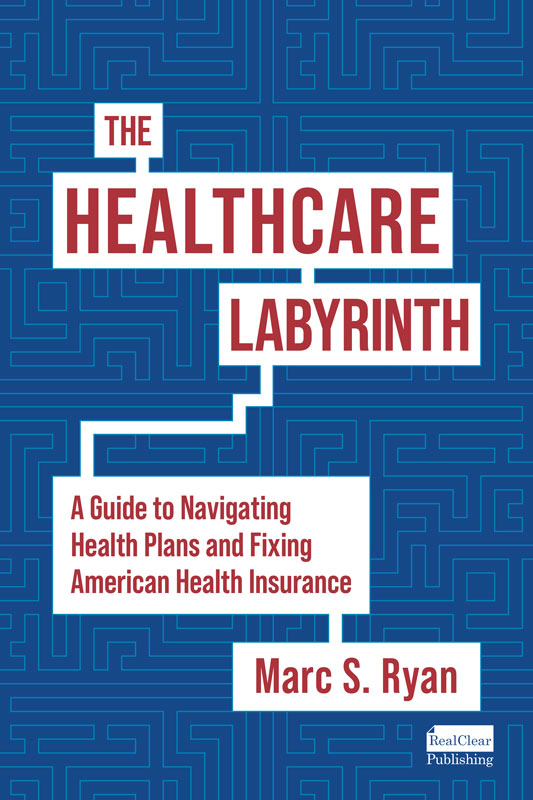Employers Could Transfer Costs to Employees
While there has been some increased costs for employees the past few years, employers attempted to shelter much of the huge trend in employer healthcare costs from their employees. Given ongoing trends, that is likely about to change.
Analysts at Mercer polled 711 employers and found that 51% said they are likely or very likely to shift costs to employees in 2026. That’s up from 45% in 2025. About 19% said they were very likely to shift costs and 33% said they were likely to do so in 2026.
More than half of employers are likely or very likely to make plan design changes that will shift more cost sharing to employees in 2026.
Additional article: https://www.fiercehealthcare.com/payers/mercer-survey-employers-may-make-return-healthcare-cost-shifting-strategies
#employercoverage #healthcare #coverage
Study Looks At Consequences Of Medicaid Cuts
New research in JAMA Health Forum says Medicaid cuts in the budget reconciliation bill could have far-reaching impacts. The analysis says the cuts could mean 94,000 additional preventable hospitalizations annually and mean 1,400 excess deaths annually. Provider revenue will drop. An estimated 17 million will lose coverage due to cuts in the bill, the expiration of the enhanced premium subsidies in the Exchange, and a separate rule from the Trump administration on Exchange enrollment.
#budgetreconciliation #coverage #healthcare #medicaid #exchanges
United’s Structure Scoped
The “Sunlight Report,” published by the Center for Health & Democracy and funded by Arnold Ventures, details the corporate structure and acquisition history of UnitedHealth Group, the largest healthcare company. The information was gathered from Schedule Y filings for each year from 2010 to 2024. United has 2,694 subsidiaries.
United is under heavy criticism for boosting its 2024 revenue by selling shares in certain companies that effectively hid revenue problems.
#unitedhealthcare
https://www.beckerspayer.com/payer/unitedhealth-is-composed-of-nearly-2700-subsidiaries-10-notes
Poll Says Americans Oppose Budget Act
A new CNN poll finds that almost 61 percent of Americans oppose the GOP’s massive tax and spending bill. In fairness another recent poll showed the public roughly split on the bill at 44-44, with 12% unsure.
#budgetreconciliation #healthcare
https://thehill.com/homenews/administration/5403736-america-opposes-gop-tax-overhaul-poll
PPO Reductions In Medicare Advantage
Interesting article about ways Medicare Advantage (MA) plans are backing away from Preferred Provider Organizations (PPOs) due to costs and pushing Health Maintenance Organizations (HMOs). As this article notes and I point out often, while PPOs did well against HMOs in the past few years, that has swung back around to favoring HMOs. MA plans shed many PPO products going into 2025.
(Article may require a subscription.)
#medicareadvantage #coverage
https://www.modernhealthcare.com/insurance/mh-unitedhealth-blue-shield-ca-medicare-advantage-hmos
Standalone Part D Could Be in Trouble
Two good analyses from healthcare policy group KFF look at Part D and its impending problems.
The first analysis looks at the Part D program profile. More than half (58%) of all Part D enrollees in 2025 are in Medicare Advantage (MA) drug plans, driven by the huge growth in MA. Two-thirds of Low Income Subsidy or Extra Help enrollees – 8.8 million out of 13.1 million – are enrolled in MA Part D in 2025.
The second analysis looks at the challenges in Part D. There are clear signs of financial trouble and instability. The number of standalone Part D (PDP) drug plans, which primarily serve enrollees in the traditional program, has fallen by half in recent years. As well, nearly 6 in 10 Medicare Part D enrollees who live in rural areas are enrolled in PDPs.
The financial problems are caused by a number of factors – the continual growth in MA, advantages in benefit design in MA vs. PDP, the profile of PDP enrollees, a financial design with little return, and the impact of the Inflation Reduction Act’s Part D cost-sharing change. The changes were not funded and transferred costs to plans. MA plans were able to shoulder most of the costs, but PDP plans could not and sought to increase premiums dramatically. A special premium stabilization program was put in by the Centers for Medicare and Medicaid Services (CMS) to restrict premium hikes. Plans also had to pass on costs in the form of increased cost-sharing and skimpier benefits.
Additional article: https://www.kff.org/medicare/issue-brief/key-facts-about-medicare-part-d-enrollment-premiums-and-cost-sharing-in-2025/
#medicare #medicareadvantage #partd #pdp #ira
— Marc S. Ryan





